The equatorial style of architecture, also known as tropical architecture, is a design approach specifically suited for regions near the Earth's equator. It takes into account the unique climatic conditions and environmental factors of these areas to create buildings that are comfortable, energy-efficient, and responsive to the local context. Here are some key characteristics of the equatorial style of architecture:
-
Climate Considerations: Equatorial regions typically experience high temperatures, humidity, and heavy rainfall. The architecture takes these factors into account by incorporating features such as large overhangs, deep eaves, and verandas to provide shade and protection from the sun and rain.
-
Natural Ventilation: To combat the heat and humidity, equatorial architecture emphasizes natural ventilation. Buildings are designed with open floor plans, high ceilings, and strategically placed windows and vents to encourage the flow of air throughout the space. This helps to cool the building naturally and reduce the reliance on mechanical cooling systems.
-
Passive Cooling Techniques: Equatorial architecture employs various passive cooling techniques to maintain comfortable indoor temperatures. These include the use of cross-ventilation, stack effect (utilizing hot air rising and cool air sinking), and thermal mass (using materials with high heat capacity to absorb and release heat slowly).
-
Sustainable Materials: Local and sustainable materials are often used in equatorial architecture. These materials are chosen for their ability to withstand the climate, promote natural ventilation, and blend harmoniously with the surroundings. Examples include bamboo, timber, thatch, and locally sourced stone.
-
Raised Structures: Due to the risk of flooding in some equatorial regions, buildings are often raised above the ground level. This helps to protect the structure from water damage and allows for better airflow underneath the building.
-
Integration with Nature: Equatorial architecture seeks to integrate the built environment with the natural surroundings. This can be achieved through the use of open courtyards, gardens, and landscaping that incorporate native plants. The design aims to create a seamless connection between indoor and outdoor spaces.
-
Rainwater Harvesting: Given the high rainfall in equatorial regions, rainwater harvesting systems are often incorporated into the architecture. This involves collecting and storing rainwater for various uses such as irrigation, flushing toilets, or even as a source of drinking water.
-
Light and Solar Control: Equatorial architecture carefully considers the entry of natural light while minimizing heat gain. Design features such as shading devices, light shelves, and reflective surfaces help to control the amount of sunlight entering the building, reducing the need for artificial lighting and cooling.
This is one of the forty original architectural styles based on which I generated references for the interior and exterior of the target building.
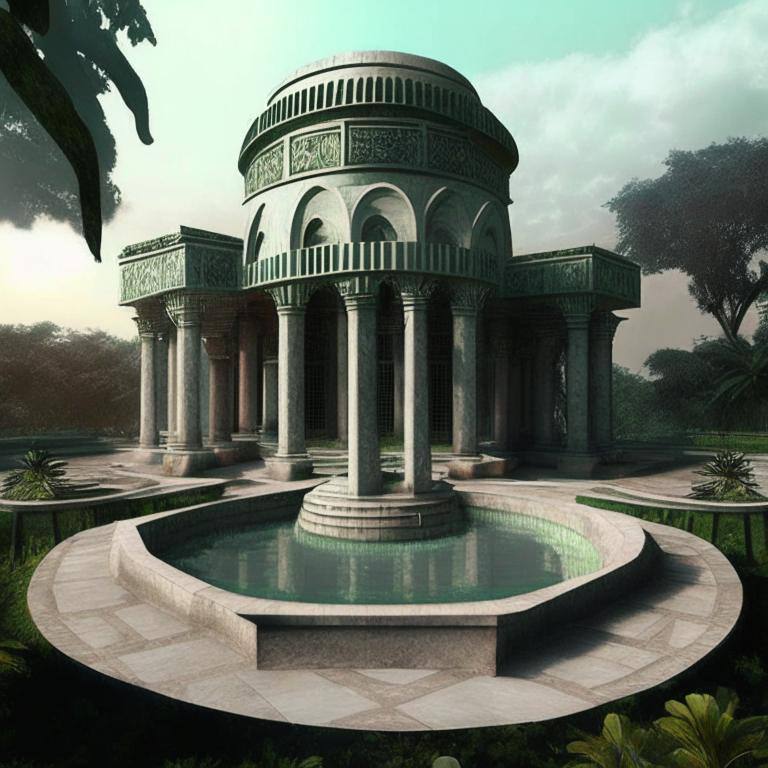
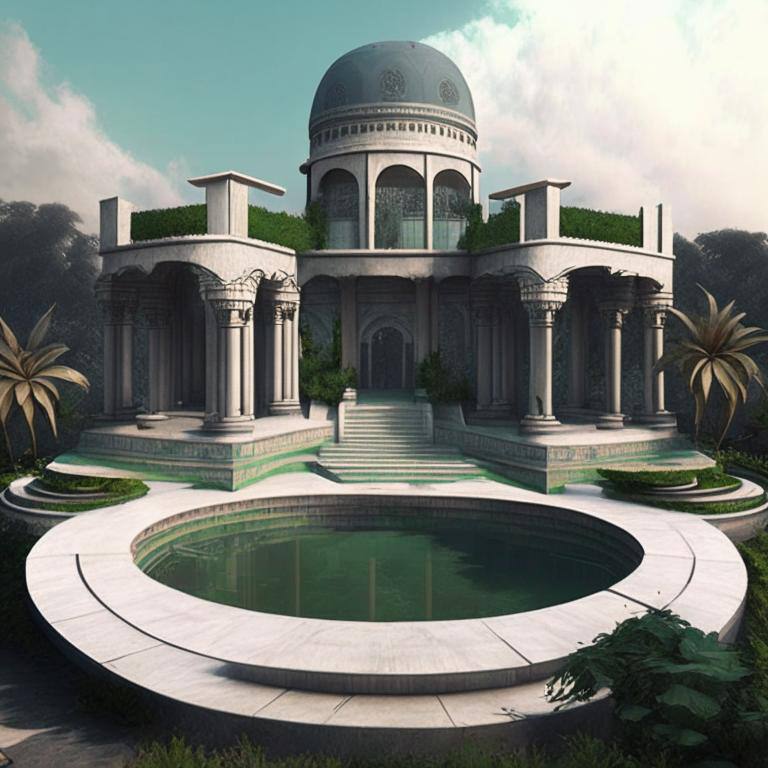
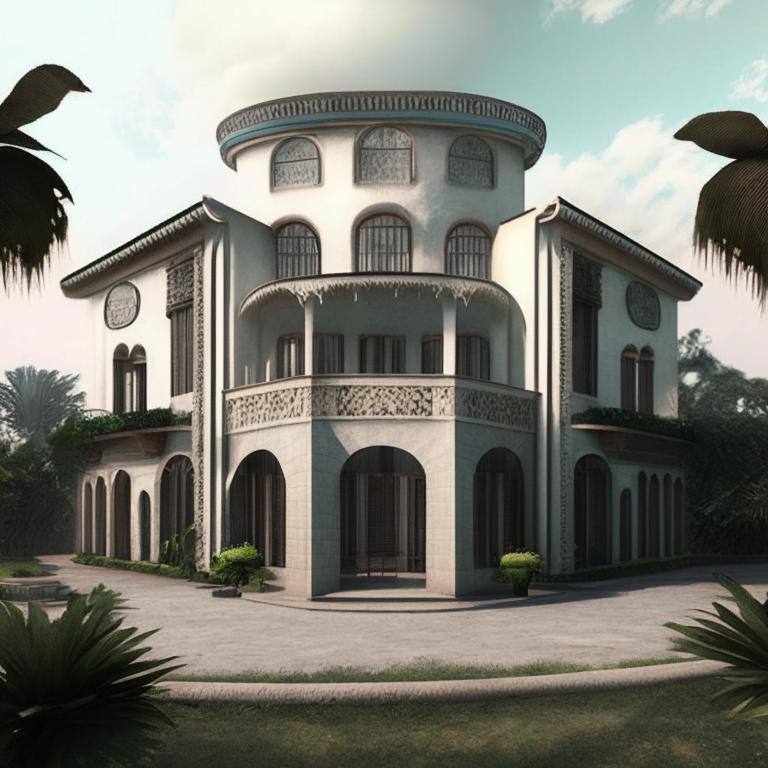
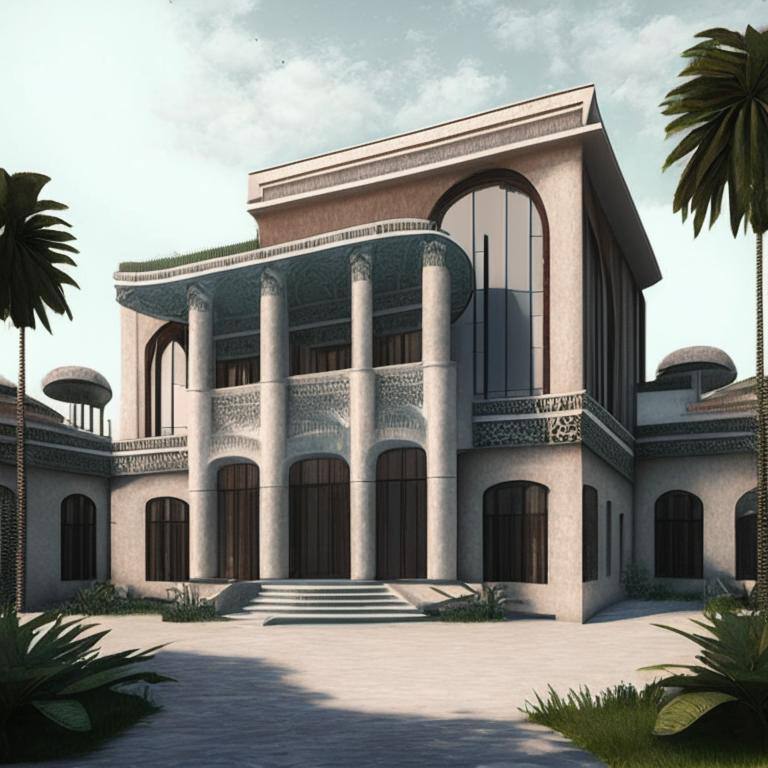
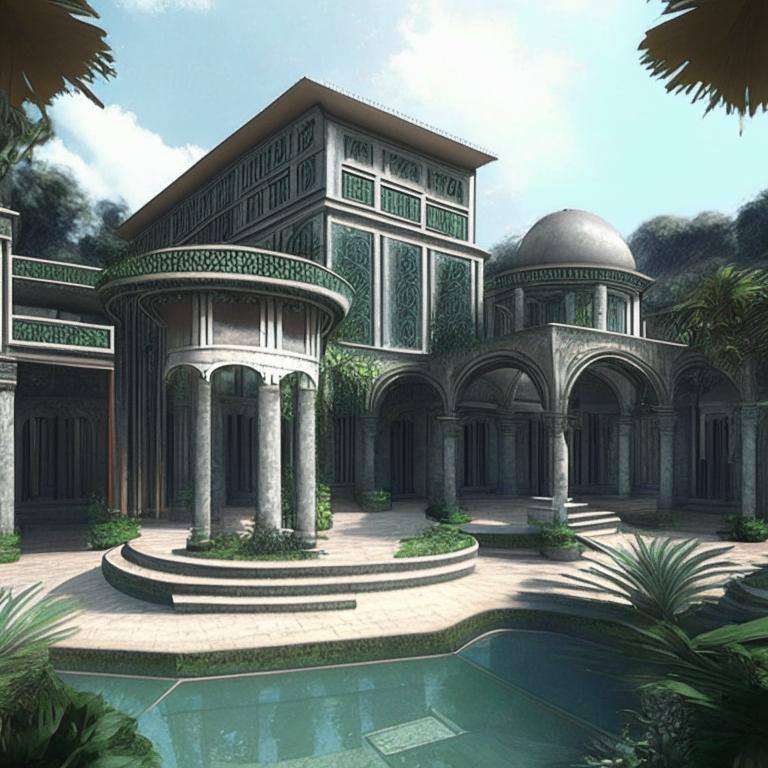
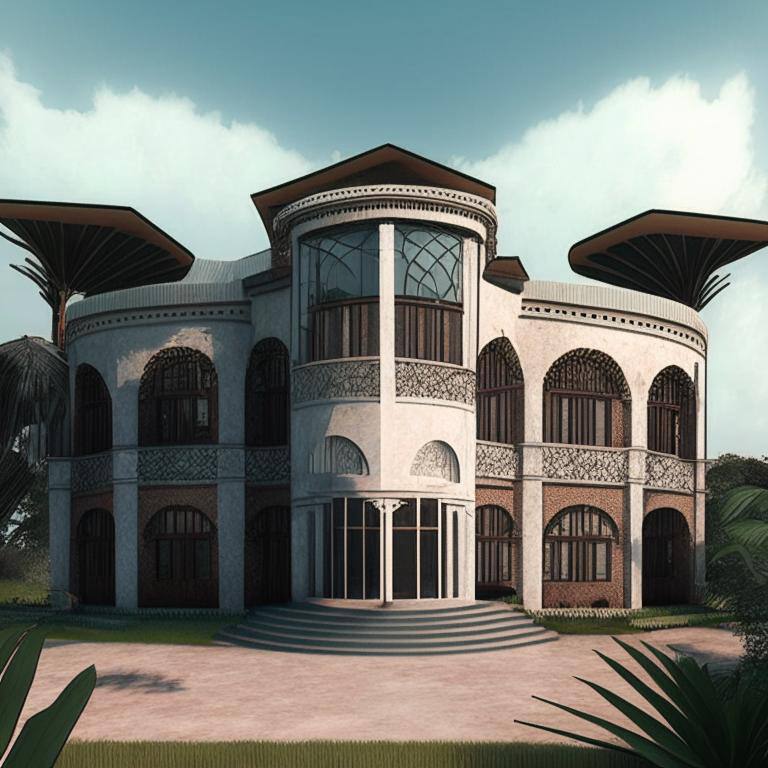
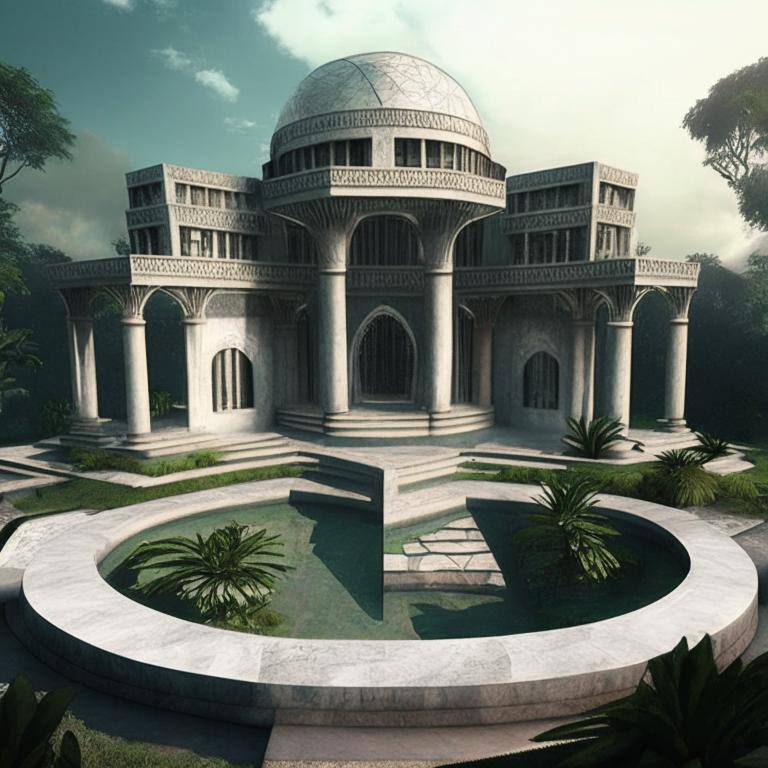
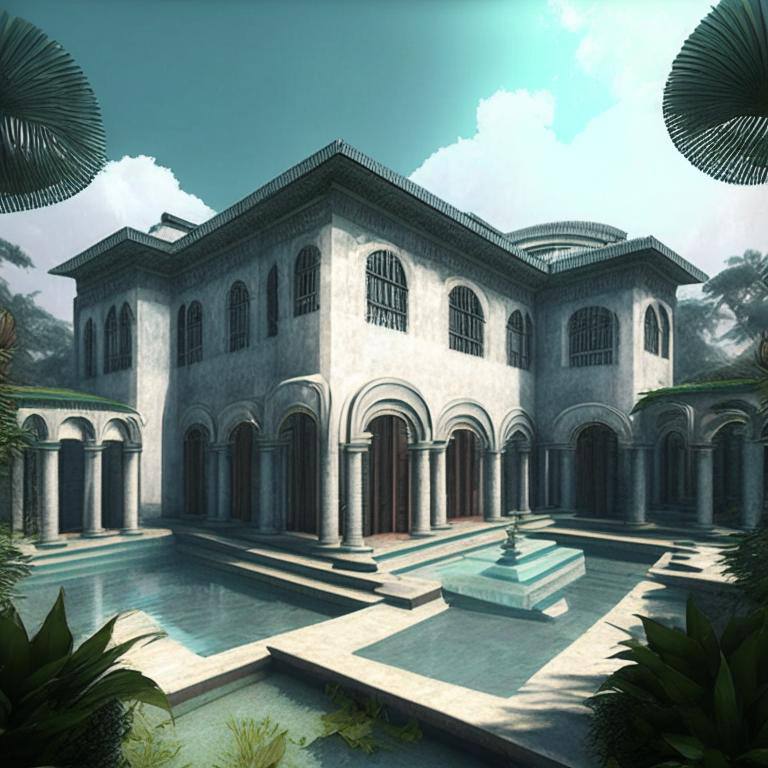
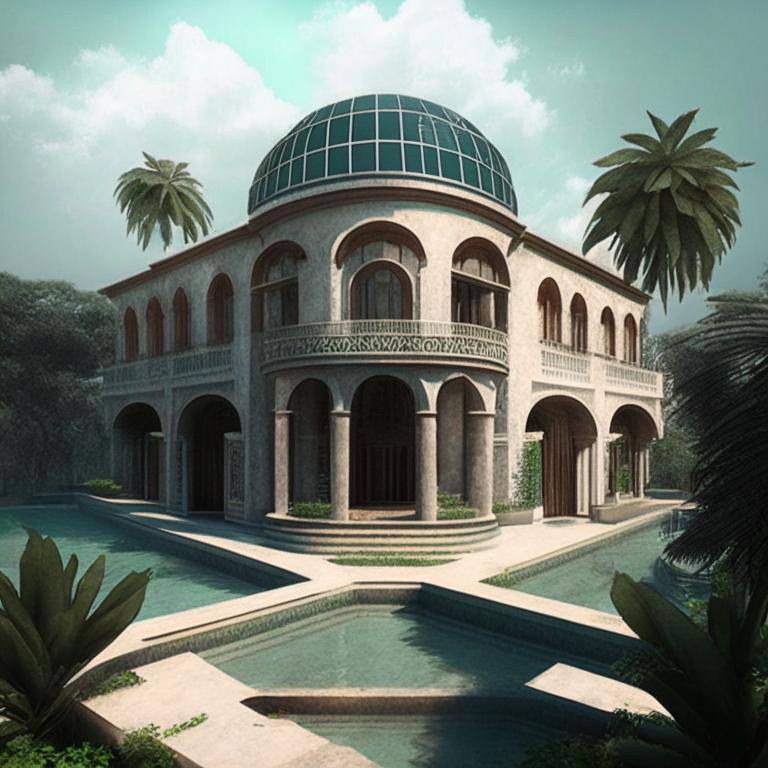

There is no comments